A good product or service is no longer enough to ensure business success. Users now have an almost unlimited choice of good products and services, what they want is a good overall positive experience to impress them and keep them coming back. If you cannot provide what users want in the best possible way, they tell everyone about it on social, and simply go elsewhere. This is why user-centered design is essential to your business.
The advent and power of social media also means pleasing your user is even more important than ever before. Social media means that users can share their experience of a product or service more quickly and widely – literally holding brand reputations at the mercy of their eager little fingertips. If your user experience is good, users will rave about you across the social platforms, generating a marketing message more powerful than any your marketing team could have delivered. If your user experience is bad, users will terrorise you across platforms, troll comments of happy users, and let the whole world know how awful you are. And if your user experience is mediocre, well then they may not mention you at all in their social universe – a fate possibly worse than a negative shout-out.
What is user-centered design?
Brands have to meet user needs, exceed their expectations, and offer them moments that matter! Brands have to ensure that the products and services they create and deliver provide positive user experiences – or else they lose a customer, lose revenue and possibly don’t survive!
So how can brands ensure they provide good user experiences? User-Centered Design.
User-Centered Design places the user at the centre of all design decisions. It is applicable across products, services and all experiences the user will have with your brand. If you prioritise the user and their desired experience, you will design accordingly and create products, services and experiences that resonate, please and endear your brand to users.
It is more than creating websites, apps and products that please users, User-Centered Design is about pleasing the user from end-to-end along all the steps on the customer journey. In fact, it is about crafting and refining customer journeys that best meet the needs of your users in the most pleasing and seamless way possible.
User-Centered Design is no longer a luxury, it is a necessity for all brands and across all industries. Brands need to invest heavily in ensuring their teams have a User-Centered approach to designing products, services, and the customer journey itself.
Users hold the destiny of brands in their hands, and those busy fingertips will not be satisfied with mediocre customer journeys with tricky pain points.
Investing in User-Centered Design is about future-proofing your brand to ensure business success in the 21st Century.

Source: https://www.pngflow.com/en/free-transparent-png-ofeyp
Tips for starting the User-centered design process
Interrogate every single aspect of your business – and how your customer experiences it, not whether it simply fulfils internal requirements.
Let alone during the ‘old normal’, this pandemic has highlighted the severity of occurrences. For starters, here are 3 examples:
- Positioning: has your brand succumbed to the much-hated “we’re in this together” placatory messaging during Covid-19? There has been a huge consumer backlash against brands who weren’t in it in the first instance, but are now trying to clamber on this (tragic) bandwagon.
- Delivery: we’re not talking about your service or product right now, but any shortfalls or mishaps the pandemic might have introduced. For example, the online stores that have really shone are those that have managed customer expectations minute by minute. I had a great experience with one retailer who informed me every step of the way why they would be missing their scheduled delivery. Versus an appalling experience where I had to phone a gazillion numbers to try hunt down someone who could actually answer my question as to when the delivery would finally be received – 5, 10 and 23 days after it had been promised.
- Adaptability: many brands gave no thought to changing their online interface, customer service contact points or any other crucial aspects to give the customer a measure of reassurance. Those that did, were paid back in amplified terms with customer loyalty and respect.
Here at Red & Yellow we know how important is it to keep the user in mind. To this end, we’re proud to say that we’ve launched a fully online qualification – our National Certificate in Design Techniques – User-Centered Design. This programme will give you the necessary step up to take your career forward and launch into the user-centered space, it’s SETA accredited and will take you 12 months to complete.
Author: Megan Carver, our Head of Programme Development
Megan is passionate about education and the possibilities that technology-mediated learning can achieve. With her background in psychology and education, Megan is committed to developing programmes and educational materials that not only achieve learner objectives but that foster and enhance the learning experience for students and learners.


